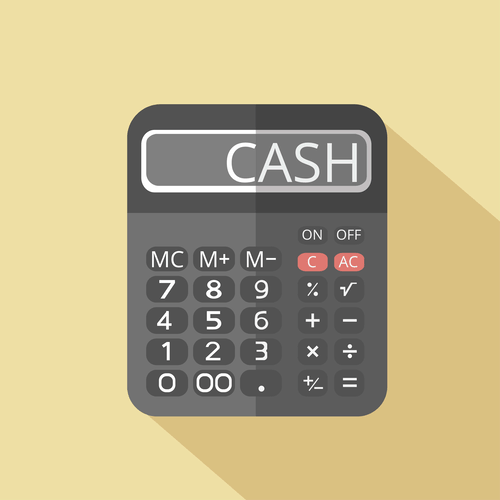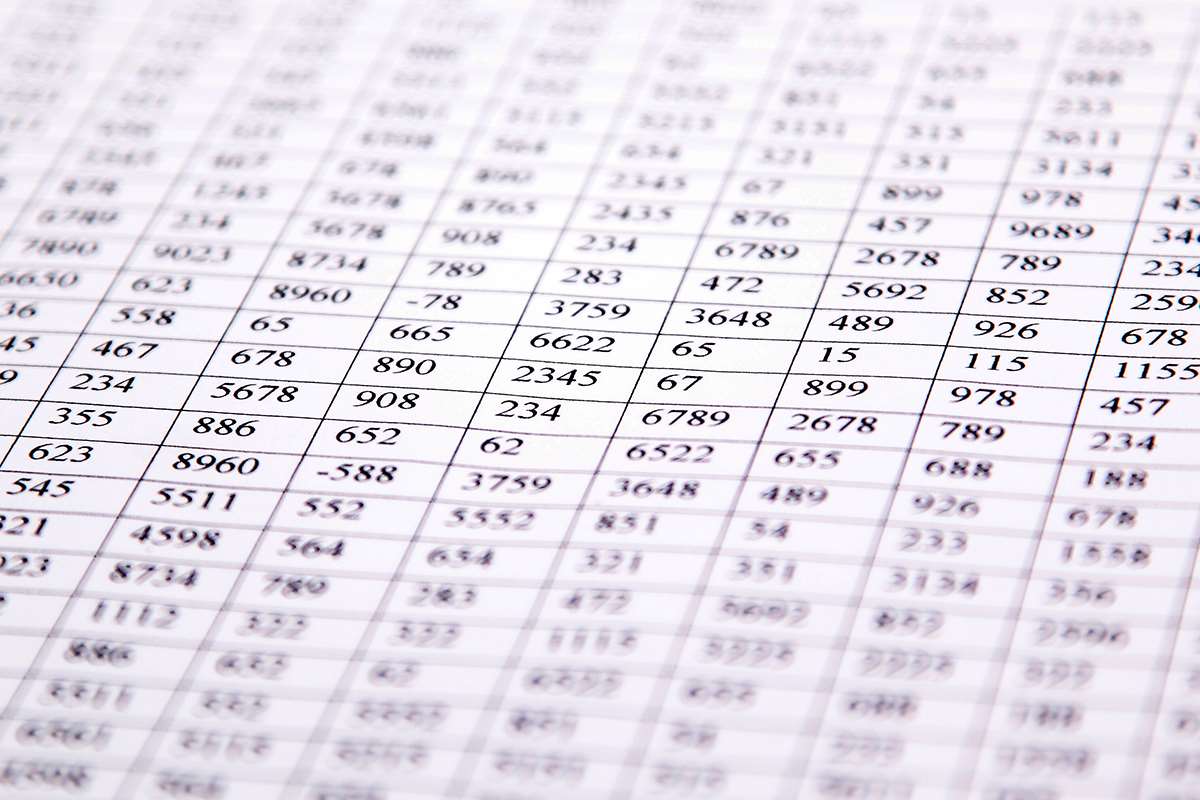
Default in debt provided to a client or a third party can be a major pain point for businesses. Accounting for them in the books is an integral part of managing the risks of the business. The two models used for such provisions are the direct write-off method accounting and the allowance method. The write off amount is debited as the expense in the period approved to write off in the income statement. It does not affect the sales performance of the entity in the current period and the previous period. It affects only the bottom line of income in the current period.

Calculating Bad Debt Under the Allowance Method
The net amount of accounts receivable outstanding does not change when this entry is completed. The direct write-off method is an accounting approach used to manage uncollectible accounts. Unlike other methods that estimate bad debts in advance, this method involves recognizing bad debt expenses only when specific accounts are deemed uncollectible. This approach aligns with the cash basis of accounting, where transactions are recorded when cash changes hands. As stated previously, the amount of bad debt under the allowance method is based on either a percentage of sales or a percentage of accounts receivable.
Direct Write-Off Method Vs Allowance Method

This is called the matching principle, according to Accounting Tools. Under the direct write off method, when a small business determines an invoice is uncollectible they can debit the Bad Debts Expense account and credit Accounts Receivable immediately. This eliminates the revenue recorded as well as the outstanding balance owed to the business in the books. When an account is deemed to be uncollectible, the business must remove the receivable from the books and record an expense.
- The direct write-off method is the simplest method to book and record the loss on account of uncollectible receivables, but it is not according to the accounting principles.
- The contra-asset, Allowance for Doubtful Accounts, is proportional to the balance in the corresponding asset, Accounts Receivable.
- The direct write-off method does not comply with the generally accepted accounting principles (GAAP), according to the Houston Chronicle.
- Under the direct write-off method, a bad debt is charged to expense as soon as it is apparent that an invoice will not be paid.
- After trying to contact the customer a number of times, Natalie finally decides that she will never be able to recover this $ 1,500 and decides to write off the balance from such a customer.
Related AccountingTools Courses
- For the past 52 years, Harold Averkamp (CPA, MBA) hasworked as an accounting supervisor, manager, consultant, university instructor, and innovator in teaching accounting online.
- The account had a credit balance of $17,000 before the adjustment.
- Using those percentages, the company can estimate the amount of bad debt that will occur.
- GAAP mandates that expenses be matched with revenue during the same accounting period.
- Unlike other methods that estimate bad debts in advance, this method involves recognizing bad debt expenses only when specific accounts are deemed uncollectible.
- Because this is just another version of an allowance method, the accounts are Bad Debt Expense and Allowance for Doubtful Accounts.
- Explore the direct write-off method for managing bad debt, its criteria, impact on financial statements, and comparison with the allowance method.
Instead, direct write-off method the company should look for other methods such as appropriation and allowance for booking bad debts for its receivables. The direct write off method violates GAAP, the generally accepted accounting principles. GAAP says that all recorded revenue costs must be expensed in the same accounting period.
The Direct Write off Method and GAAP

If a customer who owed $100 was deemed uncollectible on April 7, we would credit Accounts Receivable to remove the customer’s balance and debit Allowance for doubtful Accounts to cover the loss. On to the calculation, since the company uses the percentage of receivables we will take 6% of the $530,000 balance. What effect does this have on the balances in each account and the net amount of accounts receivable? The balance in Accounts Receivable drops to $9,900 and the balance in Allowance for Doubtful Accounts falls to $400.

Direct write-off method vs allowance method
- This reduction reflects the diminished expectation of future cash inflows due to uncollectible debts.
- The firm is taking regular follow-ups with the Company’s directors, to which the directors are not responding.
- It is waived off using the direct write-off method journal entry to close the specific account.
- Furthermore, adhering to this method can ensure compliance with Generally Accepted Accounting Principles (GAAP), which often favor the allowance method for its ability to uphold the matching principle.
- However, the direct write-off method must be used for U.S. income tax reporting.
- Once an uncollectible account has a name, we can reduce the nameless amount and decrease Accounts Receivable for the specific customer who is not going to pay.
The direct write-off method is used only when it is inevitable that a customer will not pay. There is no recording of the estimates or use of allowance for the doubtful accounts under the write-off methods. A customers account has a debit balance from a finance charge done in error. It was done Accounting for Marketing Agencies in a prior year.How do you amend this debt without raising a credit note as there is nothing to offset credit note. The adjusted balance in Allowance for Doubtful Accounts is $14,360.

Instead of focusing on the fear and anger, she started her accounting and consulting firm. In the last 10 years, she has worked with clients all over the country and now sees her diagnosis as an opportunity that opened doors to a fulfilling life. Kristin is also the creator of Accounting In Focus, a website for students taking accounting courses. Since 2014, she has helped over one million students succeed in their accounting classes. The payroll direct write off method is also known as the direct charge-off method.

